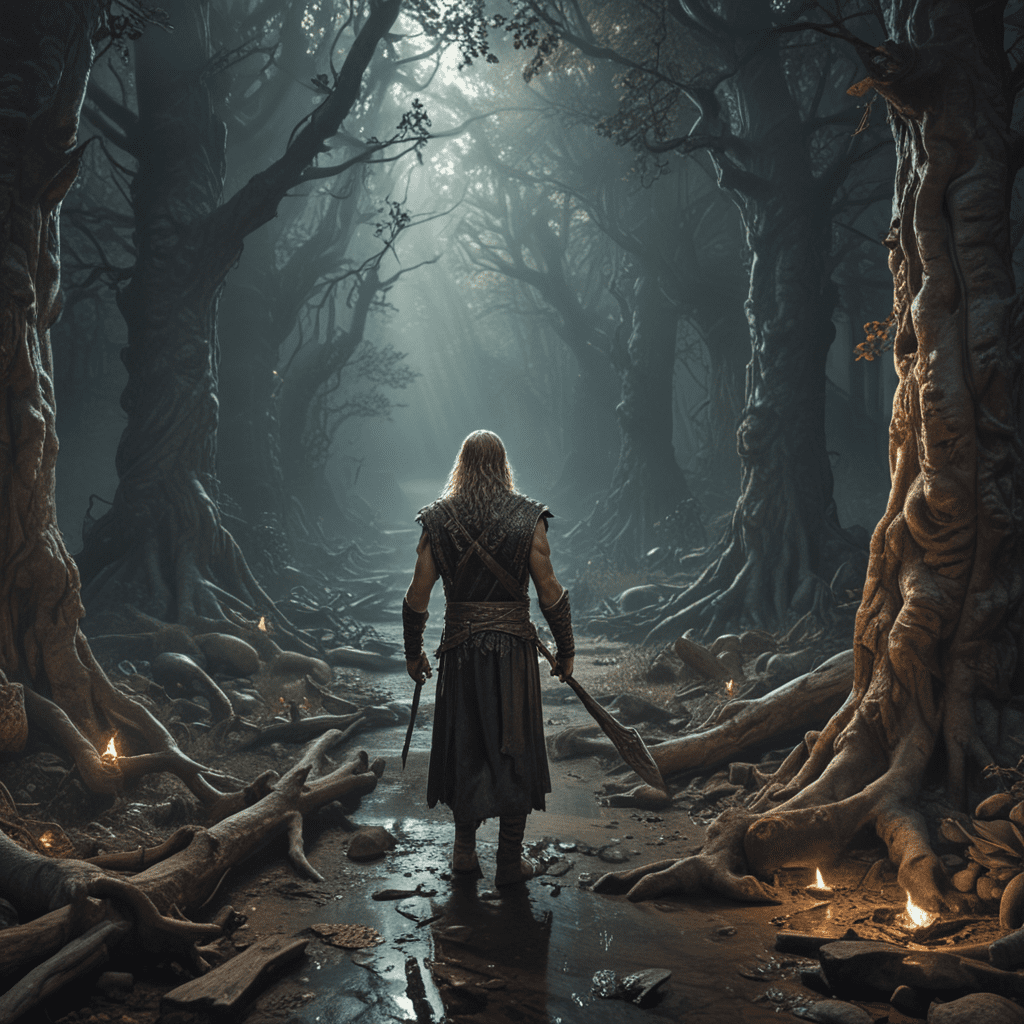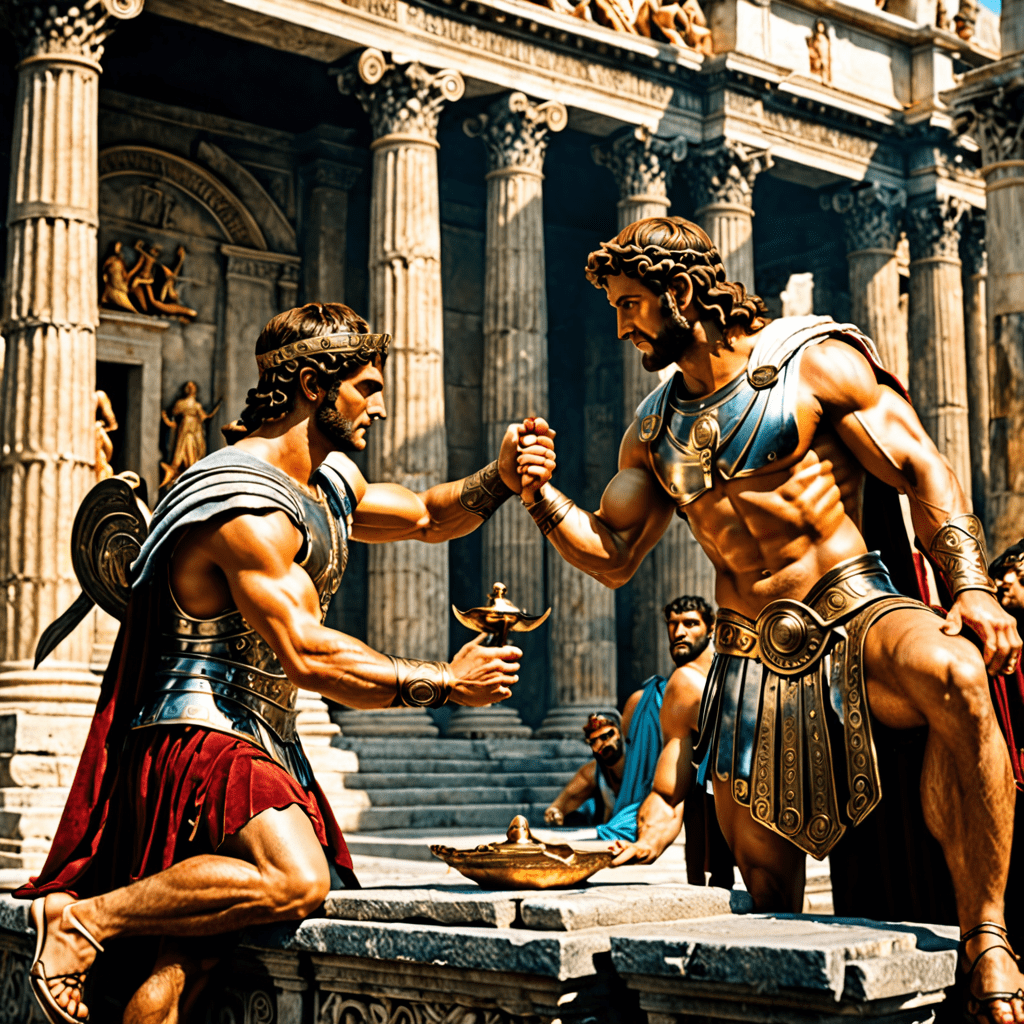Hippogriffs Around the World: A Global Exploration
I. Introduction to Hippogriffs
The hippogriff, a fascinating creature of myth and legend, is often depicted as a majestic beast with the body of a horse and the wings and head of an eagle. This hybrid creature has captivated imaginations for centuries, serving as a symbol of nobility and freedom.
The origins of the hippogriff can be traced back to various mythological sources, but it gained prominence in the 16th century through literature. Its importance extends beyond folklore; it has made significant impacts in popular culture, appearing in various forms of media and art.
This article aims to provide a comprehensive exploration of hippogriffs around the world, examining their historical roots, representations in folklore, and their significance in contemporary culture.
II. Historical Roots of Hippogriffs
The mythological background of the hippogriff is rich and varied, originating from ancient literary traditions. The earliest known mention of a creature resembling a hippogriff comes from the works of the Roman poet Virgil, but it was the Italian poet Ludovico Ariosto who popularized it in his epic poem “Orlando Furioso.” In this work, the hippogriff is depicted as a noble steed, ridden by the hero and used in battles.
Key texts that feature hippogriffs include:
- “Orlando Furioso” by Ludovico Ariosto
- “The Faerie Queene” by Edmund Spenser
- “The Book of Beasts” from medieval bestiaries
Throughout history, the concept of the hippogriff has evolved, reflecting changing cultural attitudes and artistic interpretations. From a symbol of chivalry in the Renaissance to a beloved creature in modern fantasy, the hippogriff continues to inspire.
III. Hippogriffs in European Folklore
In medieval Europe, hippogriffs were often depicted in manuscripts and tapestries, showcasing their grandeur and mysterious nature. They were viewed as creatures of both beauty and power, embodying the ideals of the knightly code.
Regional variations in stories about hippogriffs can be found across Europe, including:
- In Italy, they were often associated with noble quests and valor.
- In England, they were depicted in allegories representing the battle between good and evil.
- In France, they featured in tales of courtly love and adventure.
The influence of hippogriffs on contemporary fantasy literature is profound. Authors like J.K. Rowling and C.S. Lewis have incorporated these creatures into their worlds, further solidifying their place in popular culture.
IV. Hippogriffs in Asian Mythology
While the hippogriff is primarily a Western mythological creature, similar beings exist in Asian cultures. For instance, the Qilin in Chinese mythology is often described as a hybrid creature, resembling a deer with dragon-like features. Both creatures share themes of auspiciousness and nobility.
A comparative analysis reveals interesting similarities and differences:
- Both the hippogriff and Qilin symbolize purity and grace.
- While hippogriffs are often associated with chivalric quests, Qilin are linked to peace and prosperity.
Modern representations of these creatures in Asian media often blend traditional imagery with contemporary storytelling, showcasing their adaptability and enduring relevance.
The Hippogriff in Popular Culture
In recent years, the hippogriff has made significant appearances in films, books, and video games, captivating new generations. Notably, the “Harry Potter” series introduced the hippogriff to a global audience, particularly through the character Buckbeak in “Harry Potter and the Prisoner of Azkaban.”
Other notable appearances in contemporary media include:
- Films such as “Fantastic Beasts” where mythological creatures play vital roles.
- Video games like “Final Fantasy” which feature similar hybrid creatures.
- Literature such as The Last Unicorn where fantasy elements intermingle.
The impact of the “Harry Potter” series on the hippogriff’s popularity cannot be overstated, as it has led to a resurgence of interest in mythical creatures.
VI. Artistic Interpretations of Hippogriffs
The hippogriff has been a subject of fascination for artists throughout history. From medieval illustrations to modern digital art, their depictions vary widely but consistently capture the creature’s majestic essence.
Visual art featuring hippogriffs includes:
- Renaissance paintings that highlight their nobility.
- Contemporary sculpture that explores their hybrid nature.
- Digital art that reinvents the hippogriff for modern audiences.
Different cultures portray hippogriffs artistically in unique ways, reflecting local aesthetics and cultural values, which contributes to their rich tapestry in the art world.
VII. The Hippogriff as a Symbol
The significance of hippogriffs extends beyond their physical appearance; they serve as powerful symbols in various cultures. Themes of freedom, nobility, and duality are often associated with these creatures.
In different contexts, hippogriffs symbolize:
- Freedom: Representing the ability to soar above worldly constraints.
- Nobility: Embodying the ideals of chivalry and honor.
- Duality: Highlighting the balance between different realms, such as the earthly and the divine.
Modern usage of hippogriffs as symbols is evident in social and political contexts, where they are sometimes employed to represent the struggle for freedom and the pursuit of noble causes.
VIII. Conclusion
In summary, the global significance of hippogriffs is profound, intertwining history, art, and culture. From their ancient literary origins to their modern-day representations in media, these creatures continue to inspire and captivate us.
The enduring legacy of hippogriff mythology demonstrates the universal appeal of hybrid beings in storytelling, and their future in popular culture looks bright. As we explore the realms of mythical creatures, the hippogriff stands as a testament to the power of imagination and the rich tapestry of human creativity.
We invite readers to further explore and discuss the fascinating world of mythical creatures, sharing their thoughts on the enduring legacy of the hippogriff and its place in our shared cultural heritage.




